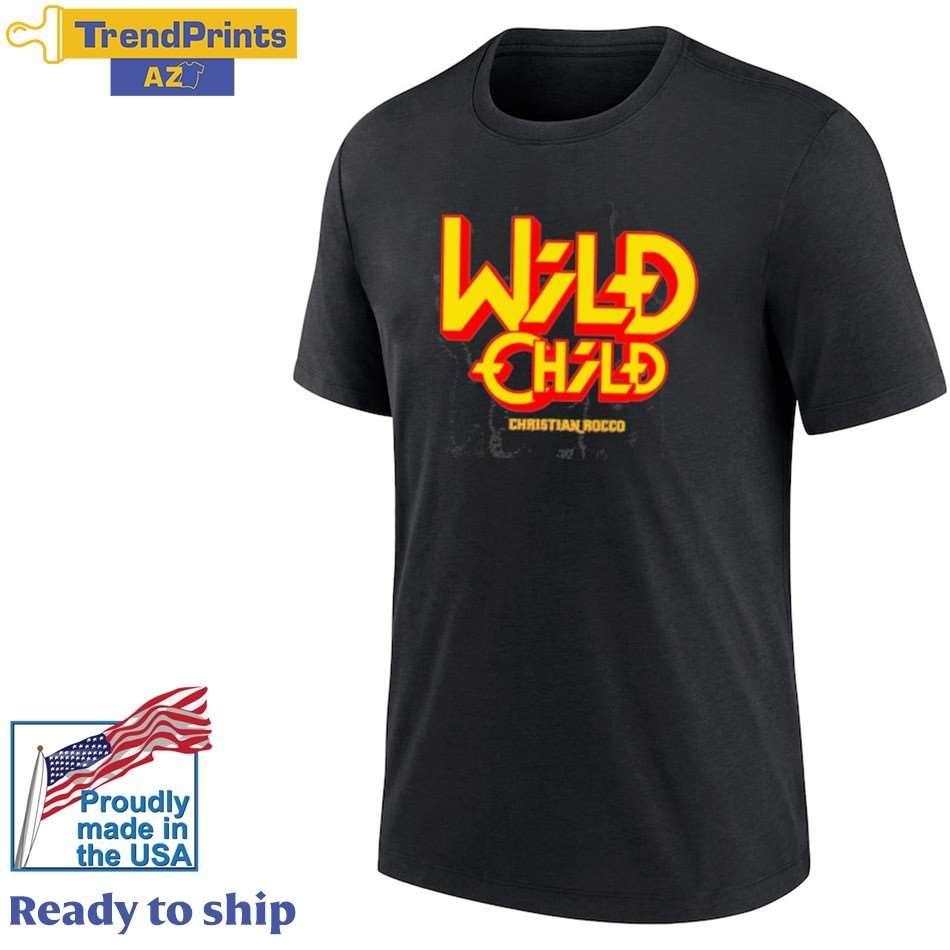

Buy This Here
Fast Fashion: The Need for Speed (and Savings)
Fast fashion is characterized by the rapid production of trendy, inexpensive clothing. Its main appeal lies in its affordability and the constant influx of new styles, allowing consumers to frequently update their wardrobes without a significant financial outlay. The "instant gratification" of being able to quickly own the latest trends is a major draw However, this speed comes at a cost. The high-volume, low-cost model often relies on exploitative labor practices in
developing countries, with low wages and poor working conditions Environmentally, fast fashion is a major contributor to pollution through textile waste, the use of synthetic fibers, and the dyeing processes involved in production. The short lifespan of these garments also means more clothing ends up in landfills.
Slow Fashion: Quality Over Quantity
Slow fashion, in contrast, emphasizes quality, durability, and ethical production It encourages consumers to buy fewer, higher-quality garments that are made to last. While the initial cost of slow fashion items is typically higher, the idea is that they will have a longer lifespan, ultimately reducing the need for frequent replacements. Slow fashion brands often prioritize sustainable materials, eco-friendly production methods, and fair labor practices, ensuring workers are paid fairly and work in safe conditions. The downside for some consumers is the higher price point and the slower pace of new arrivals, meaning they might not have access to the very latest trends as quickly. However, the focus on timeless styles and better-quality construction can lead to a more sustainable and conscious approach to personal style in the long run
